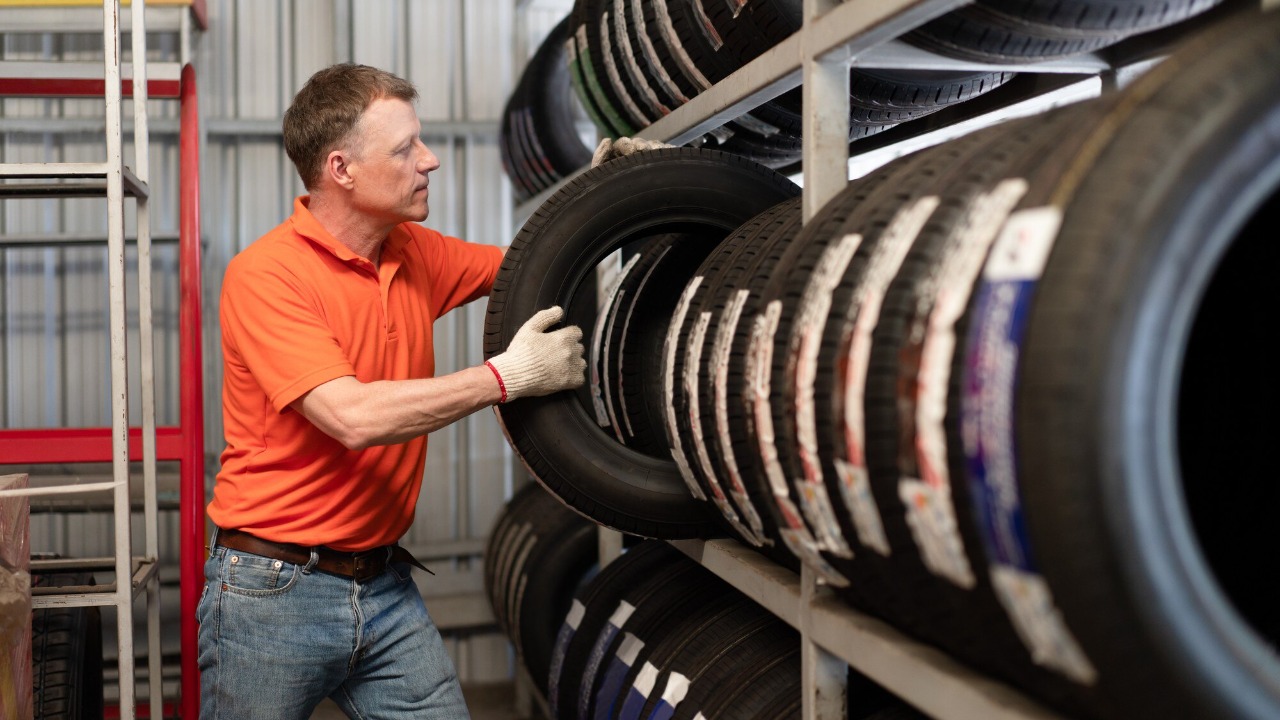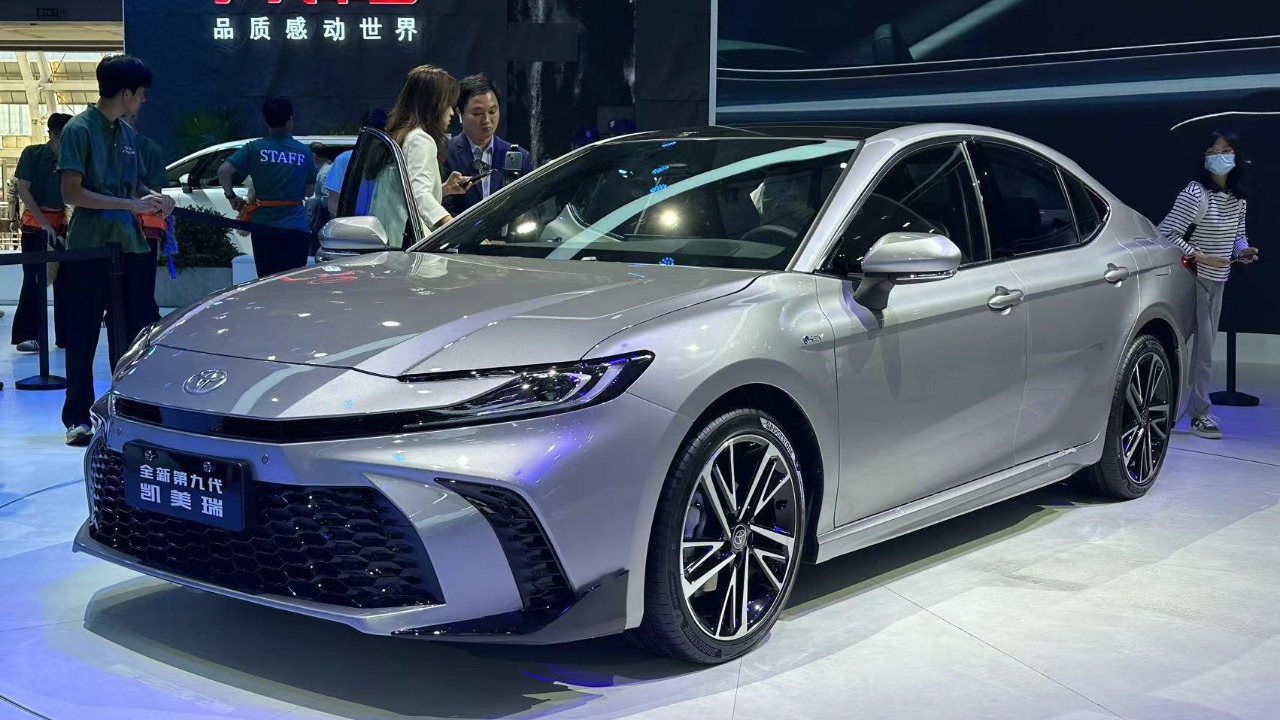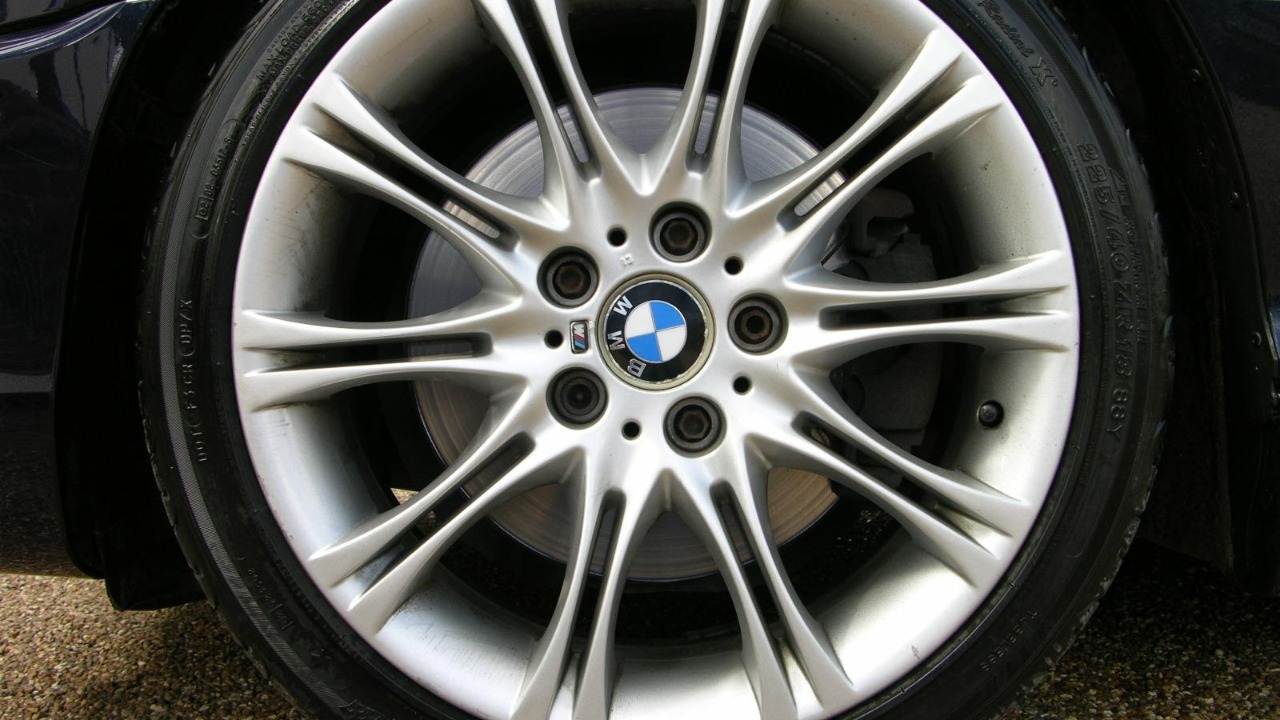
As automakers strive to meet evolving consumer demands and regulatory standards, one noticeable change in vehicle design is the phasing out of spare tires. Once a staple in every car, spare tires are increasingly being replaced by alternative solutions as manufacturers prioritize fuel efficiency, space, and cost-effectiveness. This shift signifies a broader change within the industry, marking a departure from traditional norms to align with modern expectations and environmental responsibilities.
The Shift in Automotive Design

The decision to eliminate spare tires from many new vehicles reflects a significant shift in automotive design priorities. The move is largely driven by the industry’s emphasis on fuel efficiency and weight reduction. By removing the spare tire, automakers can reduce a vehicle’s weight by up to 50 pounds. This reduction not only helps in improving fuel economy but also contributes to lowering the overall emissions, which is becoming increasingly important as manufacturers strive to meet stringent environmental regulations.
Moreover, the elimination of spare tires allows for better space optimization within the vehicle. The area traditionally reserved for the spare tire is now being repurposed to enhance storage capacity or to incorporate advanced technology features, such as hybrid battery systems or additional cargo space. For instance, the 2023 Toyota Camry has utilized this extra space to offer more trunk room, improving the vehicle’s practicality for consumers. This trend is indicative of how automakers are reimagining vehicle interiors to suit modern lifestyles and technological advancements.
Alternative Solutions to Spare Tires

As spare tires gradually disappear from new vehicle designs, manufacturers are turning to various alternatives to ensure drivers remain mobile in the event of a flat tire. One popular solution is the tire repair kit, a compact and lightweight option that includes a sealant and a compressor. These kits are designed to temporarily repair punctures, allowing drivers to reach the nearest service station without the need for a cumbersome tire change on the roadside.
Another alternative gaining traction is the use of run-flat tires. These are designed to remain functional for a limited distance after a puncture, typically allowing drivers to travel up to 50 miles at reduced speeds. This innovation provides added convenience and safety, particularly in situations where roadside assistance might be delayed. BMW, for example, incorporates run-flat tires in many of its models, giving drivers peace of mind without the need for a spare tire. However, it is important to note that while run-flat tires offer convenience, they can sometimes result in a harsher ride due to their stiffer sidewalls.
Consumer Considerations and Concerns

The removal of spare tires from vehicles has sparked a variety of considerations and concerns among consumers. One of the primary concerns is the potential inconvenience caused by the absence of a spare tire, especially for drivers used to having one readily available. While alternatives like tire repair kits and run-flat tires provide temporary solutions, they may not be as reliable or practical in remote areas where access to repair services is limited.
Cost implications are another significant consideration for consumers. Run-flat tires and tire repair kits can be more expensive to replace or maintain compared to traditional spare tires. Additionally, some drivers have expressed concern about the effectiveness of repair kits, particularly when dealing with larger punctures or tire blowouts. As a result, consumers may find themselves faced with unexpected expenses or challenges, prompting them to weigh the pros and cons of these alternatives carefully.
Impact on Automotive Market and Industry Trends

The phase-out of spare tires is reflective of broader market and industry trends, driven largely by evolving environmental regulations and consumer preferences. Automakers are under increasing pressure to reduce vehicle emissions, and eliminating spare tires is one measure to improve fuel efficiency and comply with these regulations. As a result, manufacturers are adopting innovative approaches to vehicle design and production, which also include eliminating fog lights and other non-essential components to further reduce weight and improve aerodynamics.
Innovation in tire technology is also playing a crucial role in shaping the future of the automotive industry. Advances in tire durability and repairability are encouraging manufacturers to explore new solutions, influencing design and production strategies. For example, Michelin’s new airless tire technology aims to eliminate the need for spare tires altogether by providing a puncture-proof solution. These developments signify a move towards more sustainable and efficient vehicle designs that align with both industry goals and consumer expectations.
Future Outlook and Developments

Looking ahead, the future of spare tires in the automotive industry is shaped by ongoing developments and innovations. As tire technology continues to evolve, we may see even more effective solutions to replace traditional spare tires. For instance, companies like Goodyear are investing in smart tire technology that can monitor tire pressure and condition in real-time, potentially preventing flat tires before they occur.
Consumer education will also play a vital role in the widespread acceptance and satisfaction of alternative tire solutions. Manufacturers will need to provide clear instructions and information on the use and benefits of these alternatives to ensure that consumers are well-informed and confident in their capabilities. As we move forward, it is likely that the automotive industry will continue to innovate and adapt, offering new solutions that meet the demands of modern drivers while addressing environmental and regulatory challenges.